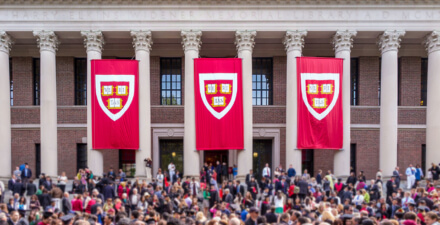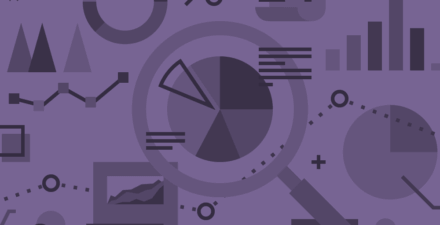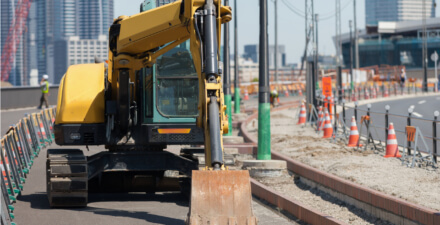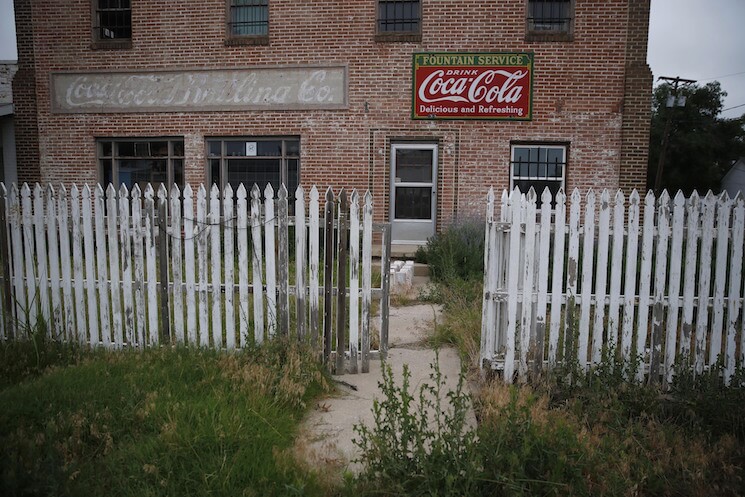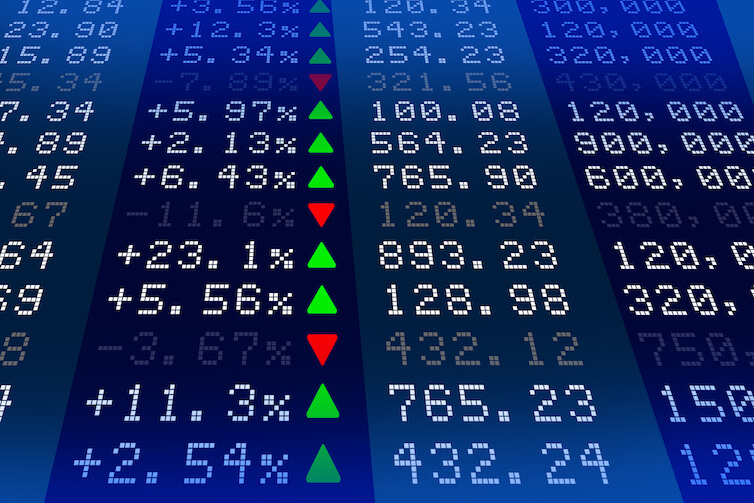The State of the Union speech should not ignore inequality that obstructs, subverts, and distorts the U.S. economy

When President Donald Trump delivers his State of the Union address to Congress tonight, he will undoubtedly devote a significant portion of his speech to the U.S. economy. He will tout the low unemployment rate, the continuing growth of Gross Domestic Product and jobs, and rising stock markets.
Some of these metrics, such as jobs and unemployment, are incomplete measures for how average Americans are faring in the economy, given that wages are not growing commensurate with a tight labor market. GDP and the stock market are not at all useful. Since the 1980s, economic growth in the United States has not been broadly shared, with nearly all of the additional income going to the wealthy. And stock ownership is skewed significantly to those at the top of the income and wealth ladders.
But beyond these well-known metrics, there is plenty of evidence of long-term trouble in the U.S. economy, and a significant cause of that trouble is deepening inequality. As Equitable Growth President and CEO Heather Boushey writes in her book Unbound: How Inequality Constricts Our Economy and What We Can Do about It, there are numerous avenues by which inequality obstructs, subverts, and distorts the U.S. economy in ways that limit opportunity, give outsized power to large corporations and the wealthy, and reduce consumption and investment.
Here are six graphs that provide a more complete understanding of the state of the U.S. economy, showing how inequality is affecting families, businesses, and the overall economy.
Inequality obstructs intergenerational mobility
Inequality undermines productivity and innovation by obstructing mobility—the capacity of a child, particularly a low-income child, to achieve economic success beyond that of her parents. The opportunity to attend college has long been an avenue to greater mobility. But there is an increasing gap in college completion between those at the bottom of the income ladder and those at the top. For those born in the early 1960s, 5 percent of children from the bottom income quartile completed college, versus 36 percent of those in the top quartile. But for those born between 1979 and 1982, the difference was far greater, with the bottom quartile having moved up only to 9 percent while the top quartile jumped to 54 percent. (See Figure 1.)
Figure 1
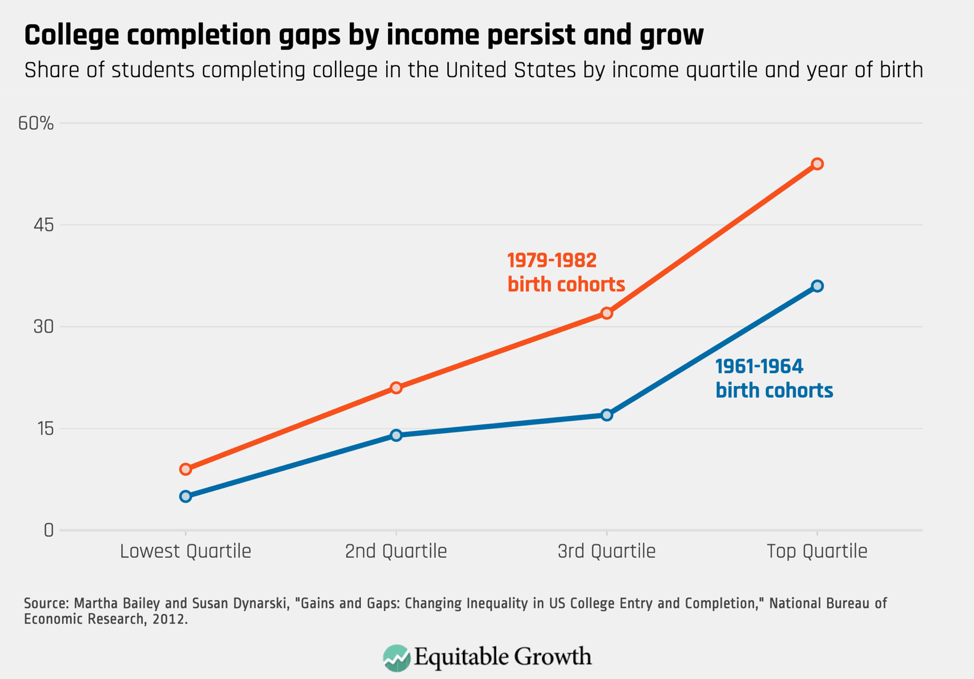
Another metric for mobility is the likelihood of a child growing up to be an innovator, as measured by the likelihood of holding a patent. The chances of holding a patent rise if one had the good fortune to grow up wealthy while the chances are unlikely for a poor child to grow up to be an innovator. (See Figure 2.)
Figure 2

Concentrated economic power subverts government institutions
The concentration of economic power that accompanies inequality subverts the governmental institutions responsible for managing the U.S. economy. The political polarization that afflicts our politics and enables wealthy and corporate donors to sharpen and exploit political differences for their benefit has risen in tandem with inequality since the 1980s. (See Figure 3.)
Figure 3
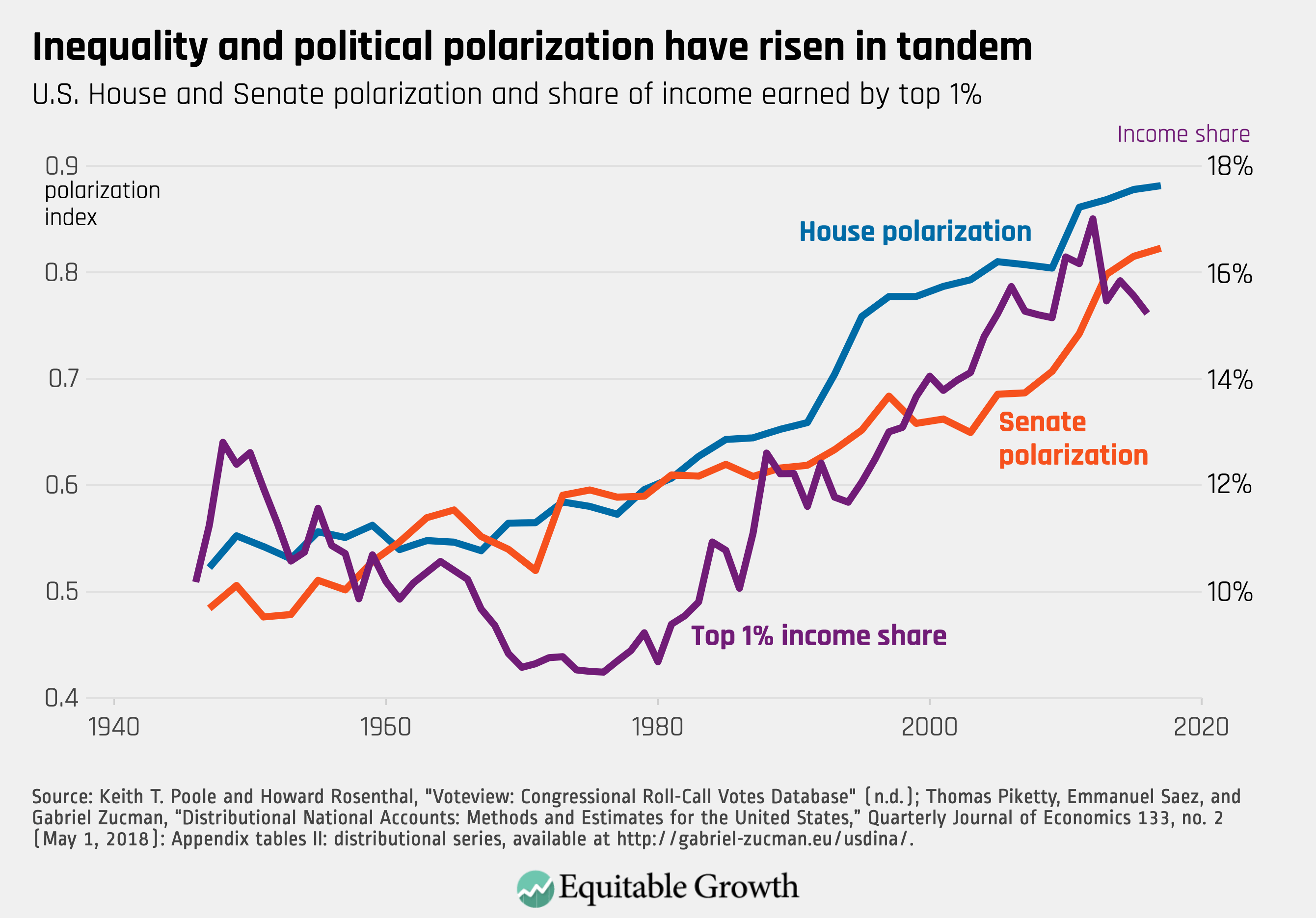
Pressure from these same interests—large corporations and the wealthy—has led to tax cuts that constrict the ability of government to invest in the future—in people, in infrastructure, and in research—as government investment as a percentage of GDP has steadily declined, especially since the 1980s. (See Figure 4.)
Figure 4

Inequality distorts microeconomic decisions, affecting the U.S. macroeconomy
Economic inequality distorts day-to-day decision-making by consumers and businesses, and those distortions show up at the macroeconomic level. A good example is the impact of inequality on consumption. Consumer purchases make up 70 percent of the U.S. economy, so consumption is critical to the health of the economy. But the wealthy spend a considerably lower portion of their income on consuming than do most Americans—and when a greater share of income goes to the wealthy, consumption, and thus the economy, suffers. (See Figure 5.)
Figure 5
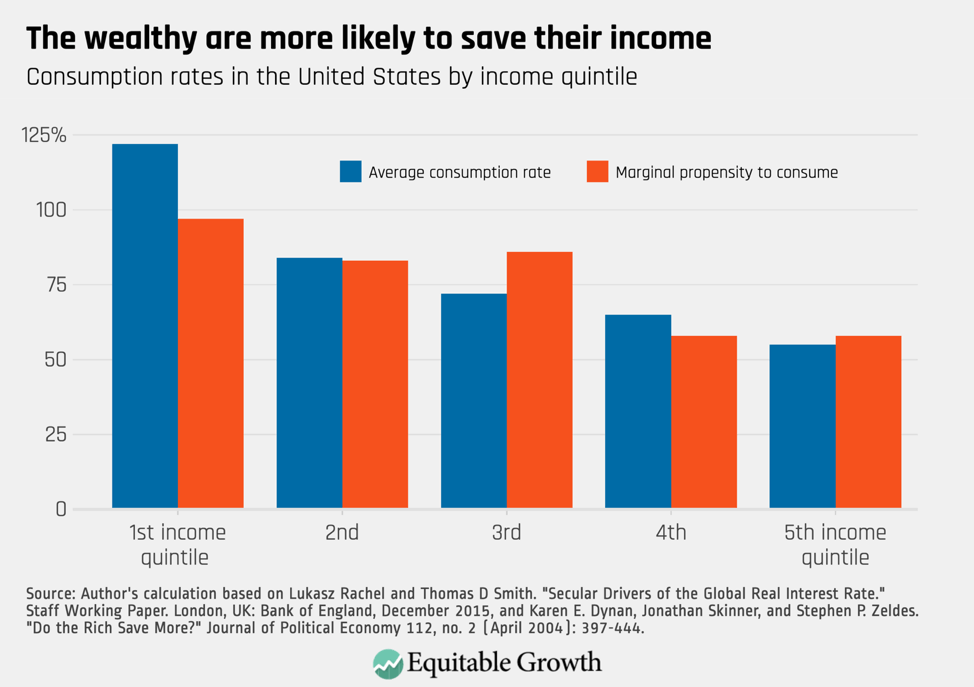
When the U.S. economy features excessive economic concentration, as it does today, large corporations are able to crowd out small ones and stifle innovation. One of the ways this shows up in economic data is a decline in business investment as a percentage of GDP. Less business investment means less innovation, lower productivity, and greater inequality, as more profits go into the hands of shareholders. (See Figure 6.)
Figure 6
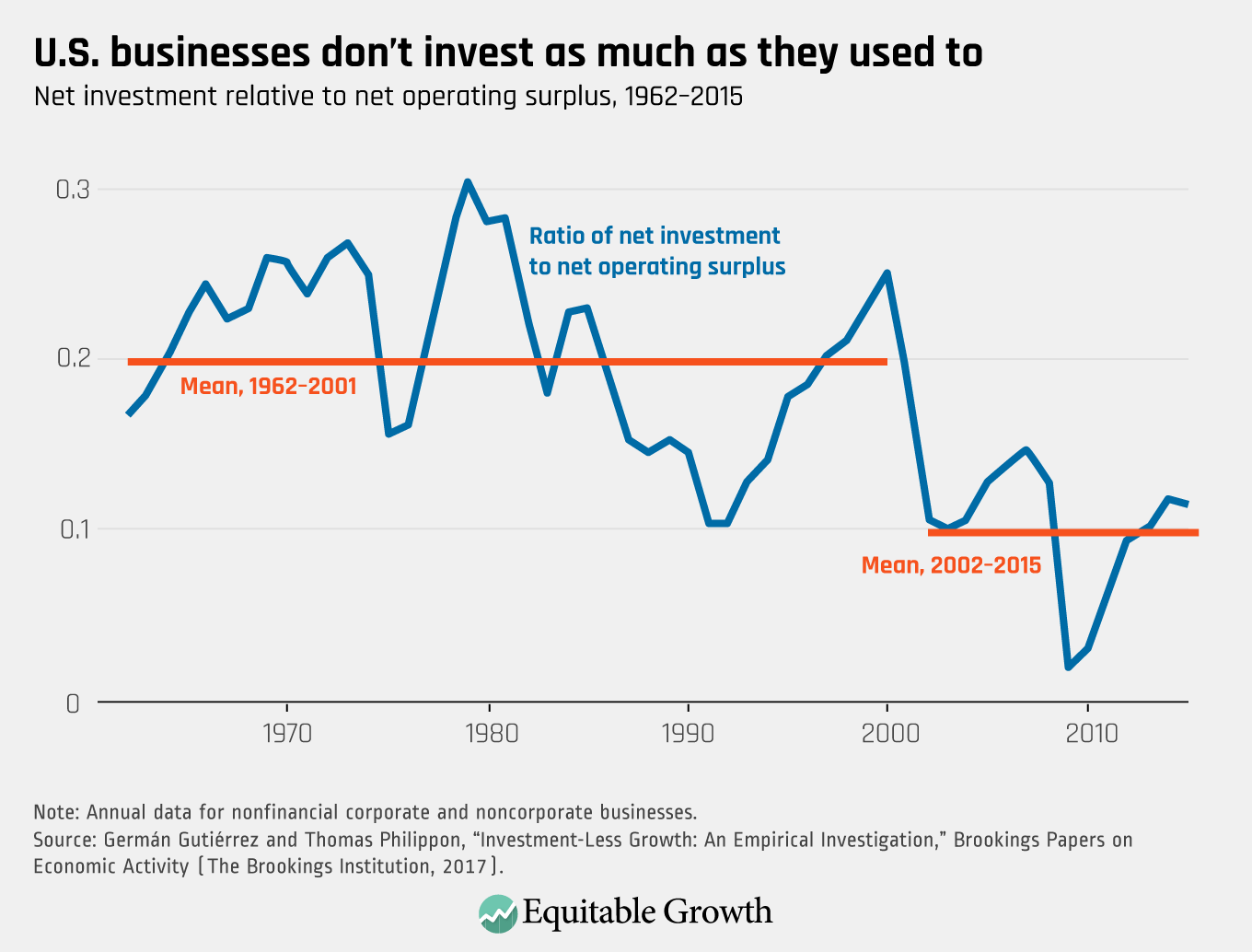
The negative effects of inequality show up in many ways throughout the U.S. economy. Any description of today’s economy that does not include a discussion of inequality, its causes, and its effects is at best incomplete and at worst misleading. These are important points to remember during the president’s State of the Union speech tonight.



